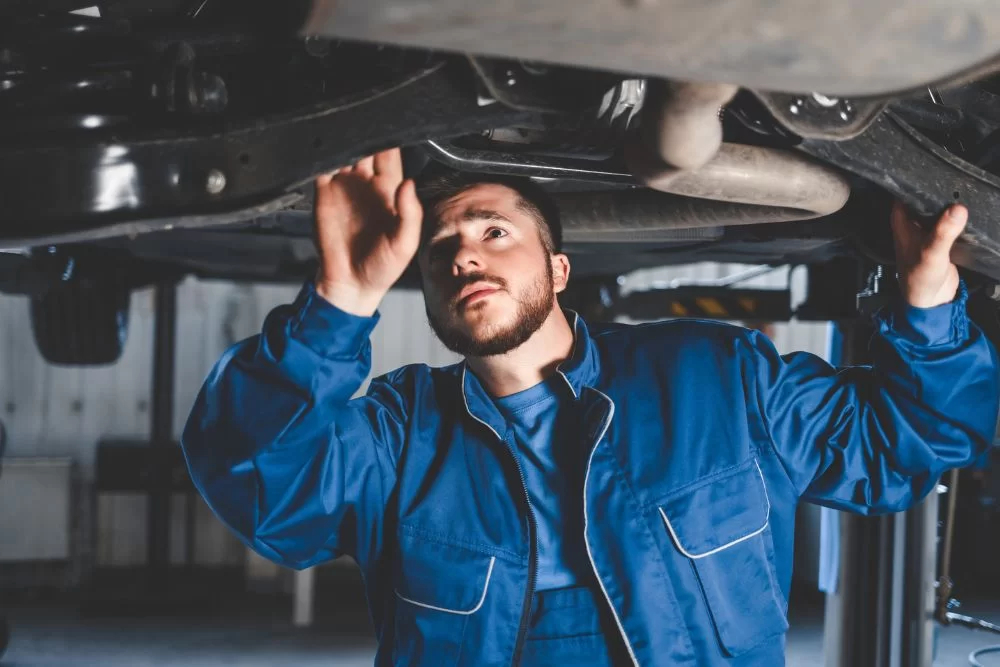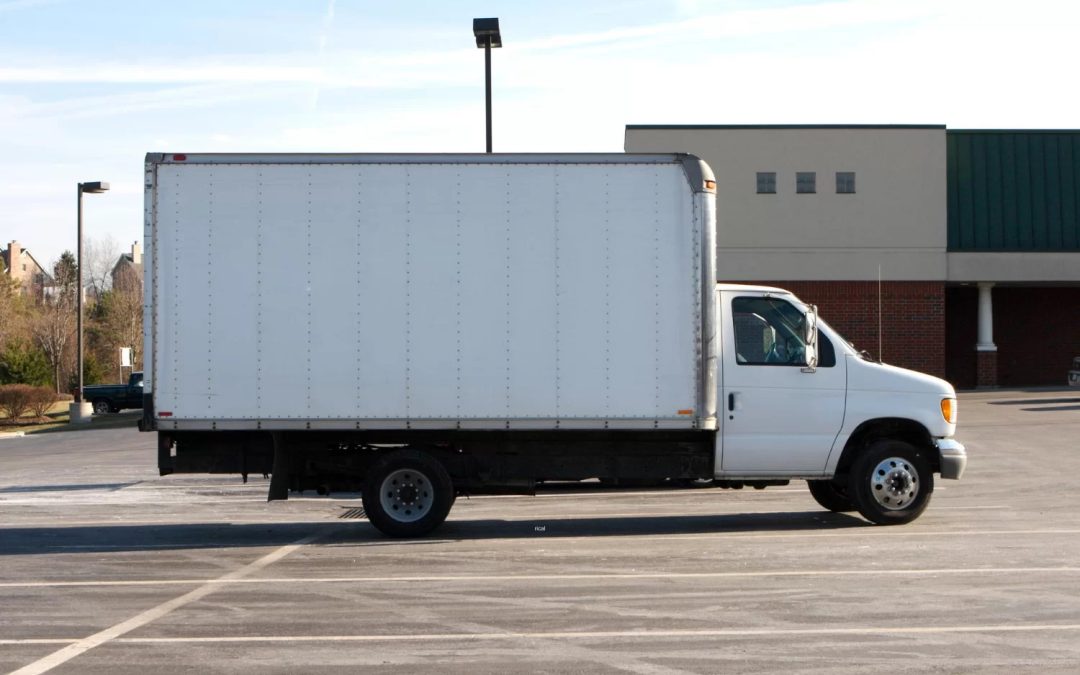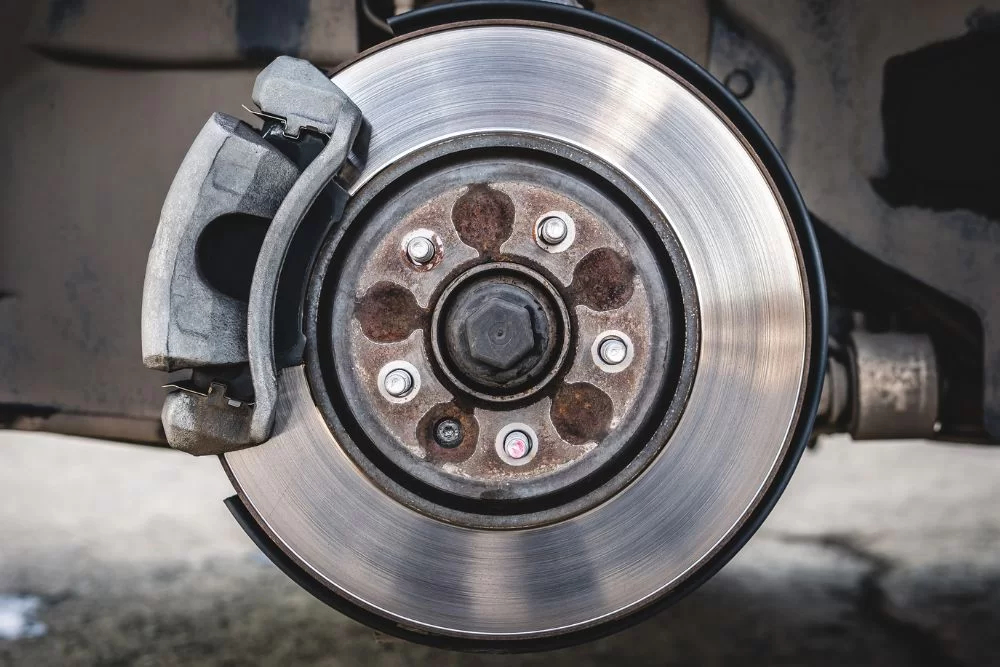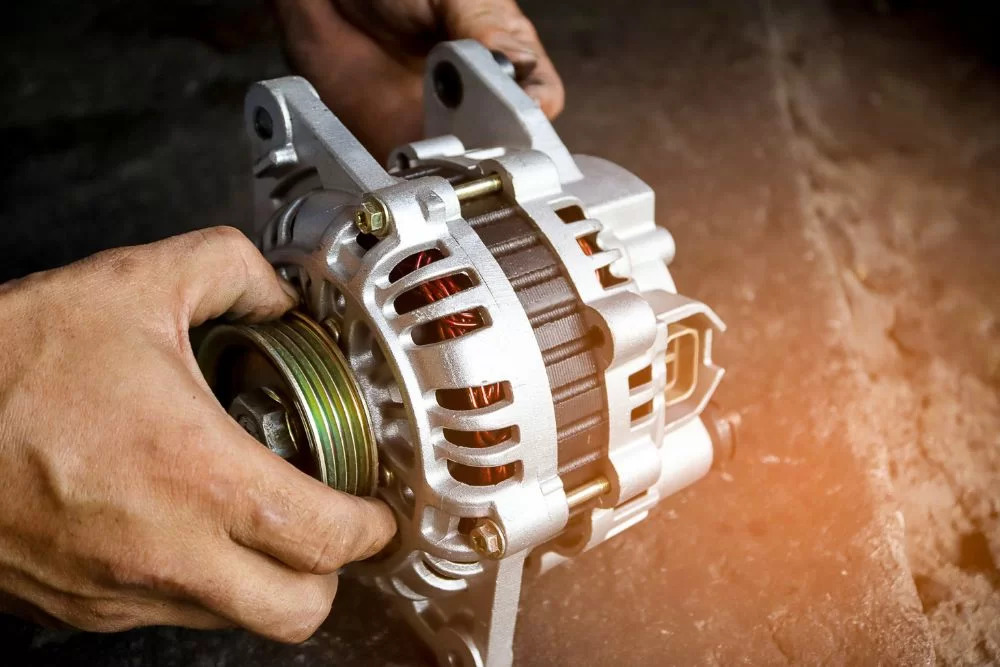
Stop! Check your brakes before the trip
Summer road trips are a quintessential part of the season, offering the promise of adventure and exploration. However, it’s crucial to ensure that your vehicle’s brakes are in top condition before embarking on your journey. Here are some potential issues that can arise with vehicle brakes during a summer trip, along with preventive measures to keep you safe on the road:
Brake Fluid Overheating: Extended periods of driving in high temperatures can cause brake fluid to overheat, leading to a decrease in braking performance or brake fade. This can be particularly dangerous when navigating steep terrain or winding roads.
Prevention: Check the brake fluid level and condition before your trip. Ensure that the brake fluid is clean and free from contaminants. Consider flushing and replacing the brake fluid if it’s discolored or hasn’t been changed according to the manufacturer’s recommendations. Additionally, avoid aggressive braking and allow ample time for the brakes to cool down during long drives.
Brake Pad Wear: Increased mileage during summer road trips can accelerate brake pad wear, especially if you encounter hilly or mountainous terrain that requires frequent braking.
Prevention: Inspect the brake pads for signs of wear before your trip. Replace worn brake pads and consider upgrading to high-quality, heat-resistant brake pads that are better suited for long-distance driving. Follow the manufacturer’s recommended service intervals for brake pad replacement.
Brake Caliper Issues: High temperatures can cause brake calipers to expand, leading to sticking or binding brakes. This can result in uneven brake pad wear, reduced braking efficiency, and potential safety hazards.
Prevention: Inspect the brake calipers for signs of corrosion, leaks, or binding before your trip. Lubricate the caliper slide pins and ensure that the calipers are functioning smoothly. If you notice any abnormalities, such as uneven brake pad wear or difficulty applying the brakes, have the calipers inspected and serviced by a qualified mechanic.
Brake System Contamination: Dust, dirt, and debris can accumulate in the brake system, leading to contamination of brake components and reduced braking performance.
Prevention: Keep the brake system clean by regularly washing your vehicle, paying close attention to the wheels and brake components. Avoid driving through mud, gravel, or dusty terrain whenever possible. Consider installing mudguards or wheel arch liners to minimize debris buildup. Additionally, inspect the brake system for leaks or signs of contamination and address any issues promptly.
Brake Line Damage: Prolonged exposure to high temperatures and road debris can increase the risk of brake line damage, such as corrosion, rust, or punctures.
Prevention: Inspect the brake lines for signs of damage, including cracks, corrosion, or leaks. Ensure that the brake lines are properly secured and protected from external elements. Consider replacing old or damaged brake lines with high-quality, corrosion-resistant replacements to ensure optimal braking performance and safety.
By addressing these potential issues and taking preventive measures before your summer road trip, you can help ensure that your vehicle’s brakes perform reliably and safely throughout your journey. Remember to also practice safe driving habits, such as maintaining a safe following distance, anticipating stops, and avoiding sudden braking maneuvers, to minimize wear and tear on your brakes and maximize their longevity. Safe travels!
See more about our Brake Repair, Replace, and Services.
That’s why you may need to get your Air Conditioning system checked out by Advantage Auto Service at 1775 Cobb Pkwy. S., in Marietta, GA. Call the office: 770.951.8055 for quick service.









